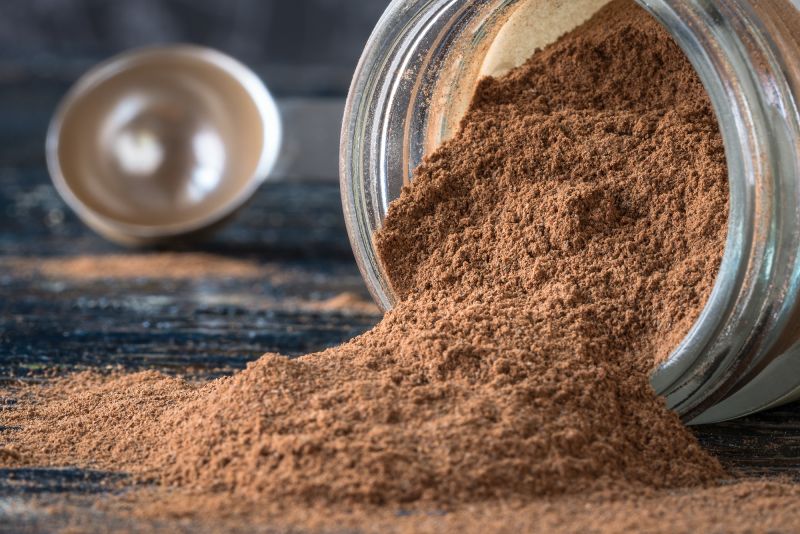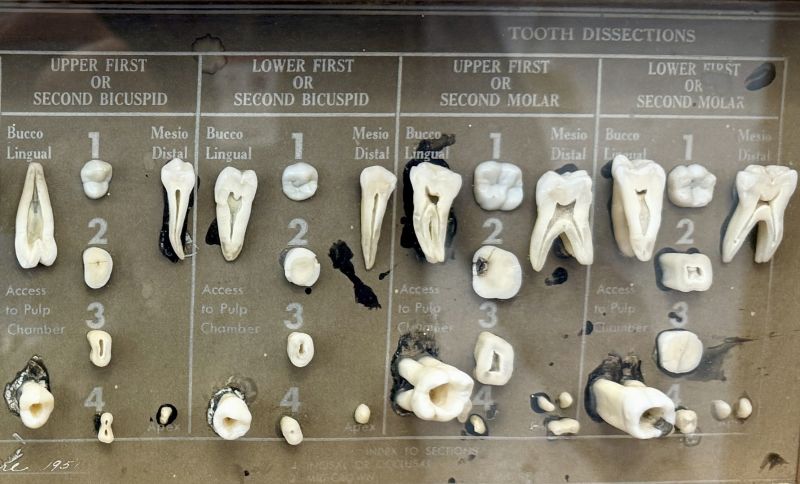High lead levels found in cinnamon and spice blends from 12 brands, report finds

High levels of lead were found in 12 brands of cinnamon powder and multi-spice powders, according to testing released Thursday by Consumer Reports, a nonprofit that helps consumers evaluate goods and services.
Cinnamon powder sold by Paras contained the highest levels of lead, at 3.52 parts per million, or ppm, according to the report.
The next highest level was found in cinnamon powder from EGN (2.91 ppm), followed by Mimi’s Products ground cinnamon (2.03 ppm), ShopRite Bowl & Basket ground cinnamon (1.82 ppm), Rani Brand ground cinnamon (1.39 ppm), Zara Foods cinnamon powder (1.27 ppm), Three Rivers cinnamon stick powder (1.26 ppm), Yu Yee Brand five spice powder (1.25 ppm), BaiLiFeng five spice powder (1.15 ppm), Spicy King five spices powder (1.05 ppm), Badia cinnamon powder (1.03 ppm) and Deep cinnamon powder (1.02 ppm).
Paras and EGN told Consumer Reports they would stop sales and tell stores to remove the affected cinnamon products from store shelves.
“Trace amounts of lead is found in nearly every food product grown around the world,” Guitar said in an email. “The FDA has set no formal regulation for the amount of lead in spices but to date has never issued a consumer alert or recall for spice products containing lead at a level below 2 parts per million.”
No level of lead is safe
The Codex Alimentarius, an international council created by the World Health Organization and the Food and Agriculture Organization of the United Nations, is “considering adopting a maximum level of 2.5 ppm for lead in bark spices, including cinnamon, in 2024,” according to the FDA.
There is no level of lead that is safe for humans, according to the US Environmental Protection Agency. Lead bioaccumulates in the body over time and is a “toxic metal” that can be harmful even at low exposure levels, the agency said, especially for children.
“A dose of lead that would have little effect on an adult can have a significant effect on a child. In children, low levels of exposure have been linked to damage to the central and peripheral nervous system, learning disabilities, shorter stature, impaired hearing, and impaired formation and function of blood cells,” the EPA states on its website.
The WHO estimates that nearly a million lives were lost to exposure to lead in 2019, and said lead accounts for 21.7 million years lost to disability and death worldwide due to lead’s long-term effects on health.
“At high levels of exposure to lead the brain and central nervous system can be severely damaged causing coma, convulsions and even death. Children who survive severe lead poisoning may be left with permanent intellectual disability and behavioural disorders,” the WHO said on its website.
Lower levels found in other brands
Consumer Reports gathered about three samples each of 36 different spice products that included cinnamon, garam masala and multiple spice mixes. Major brands of spices were purchased from mainstream grocery stores, and smaller brands were gathered from international stores in Connecticut, New Jersey and New York, and online.
In addition to the dozen brands with levels above 1 ppm of lead, 18 brands of various cinnamons or spice blends contained levels of lead ranging from 0.87 ppm to 0.23 ppm, according to the report, while six cinnamon products tested at lower levels.
These include ground cinnamon and organic ground cinnamon sold by 365 Whole Foods Market, which contained 0.12 ppm and 0.02 ppm of lead, respectively. Morton & Bassett San Francisco 100% organic ground cinnamon, Loisa organic cinnamon and Sadaf cinnamon powder tested at 0.04 ppm of lead. Sadaf seven spice blend was higher, with 0.15 ppm of lead.
However, since the Consumer Reports testing only examined some three samples from each brand, the results cannot determine if similar lead levels would be found in all products sold under that brand name, according to James Rogers, director of food safety research and testingat Consumer Reports.
“We do not have the resources to test hundreds and hundreds of samples, which would be the proper way to do it,” Rogers said. “This is a spot test of each product and can be a starting place for a consumer to do risk mitigation by recognizing that lead is in our soil and water and there may be other sources of lead in their diet as well.”
No one is ‘minding the store’
In the fall of 2023, extremely high lead levels were found in children’s applesauce pouches flavored with cinnamon imported from Ecuador and sold by WanaBana, Schnucks and Weis brands. The concentrations of lead were thousands of times higher than those found in any testing of spices — between about 2,300 ppm and about 5,100 ppm, according to the US Food and Drug Administration.
Since then, the FDA has been issuing consumer health alerts on high levels of lead in different cinnamon products. The latest, published in August, listed 10 different cinnamon products with levels as high as 3.93 ppm of lead.
While most of the manufacturers did voluntarily recall their products from store shelves, the FDA has no authority to require manufacturers to do so, Rogers said.
“The FDA does not have mandatory recall authority, so they depend on the company to do the right thing, which they do not always do,” he said. “There are no regulatory limits for lead in cinnamon, so there’s nothing to enforce that forces a recall. All they can do is provide public health alerts.”
The underlying problem is that no one is “minding the store,” said Dr.Pieter Cohen, an associate professor of medicine at the Cambridge Health Alliance in Somerville, Massachusetts, who was not involved with the analysis by Consumer Reports.
“Literally, no one is checking to make sure how much heavy metals Americans are exposed to when we eat common foods, including cinnamon,” said Cohen, who frequently tests consumer products to see if their contents match what is on the labels.
“The FDA has been silent about what level of lead is acceptable in cinnamon, and we’re left with the companies choosing the levels of exposure to lead in their products,” Cohen said, “and that’s an alarming situation.”
“As for other cinnamon people may have at home, current evidence from our ground cinnamon sampling at retail and our ongoing analysis of ground cinnamon results from state partners’ sampling at retail does not suggest that there are safety concerns related to other products,” FDA spokesperson Courtney Rhodes said in an email.
In addition, manufacturers are not specifically required to test ingredients or final products for heavy metals, including those marketed for consumption by infants and young children, Rhodes said.
However, as part of the Biden administration’s fiscal year 2025 budget proposal, the FDA is seeking to amend the Federal Food, Drug, and Cosmetic Act to require industry to conduct testing of final products for contaminants and maintain testing records for inspection by FDA officials.
In addition, Rhodes added, the FDA is asking for “new authority to remotely access records of these test results and to review these test results whenever necessary.”






